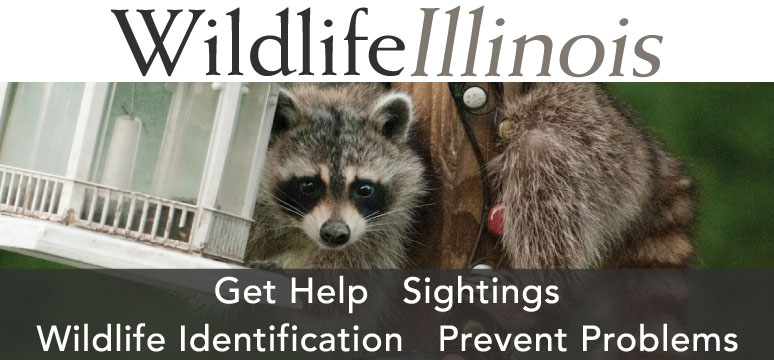
The short-eared owl is blatantly hunting despite the sign’s dictum. Photo by Patty Gillespie.



The short-eared owl is blatantly hunting despite the sign’s dictum. Photo by Patty Gillespie.
When a Smokey Bear sign was discovered tucked away in the corner of a building at Sam Parr State Fish and Wildlife Area (Sam Parr State Park), the site superintendent Jim Gillespie (now retired) decided that the sign should be dug out of storage and displayed, but Smokey Bear was looking sad, weathered and faded, bird-poop-splattered and grime-coated. Robin Johnson, a conservation worker, stepped up to help refurbish the sign. Gillespie’s and Johnson’s efforts resulted in an artistic production. When Smokey Bear, accompanied by a fawn and a squirrel, stood proudly beside his shovel and signboard at the entrance to the park’s campground, I was delighted and so, it seems, were other park patrons. A note of thanks even arrived at the park’s office. No visitor voiced the line from songwriter Les Emmerson’s hit: Sign, sign, everywhere a sign, blockin’ out the scenery, breakin’ my mind, …

I’ve noticed that signs at state areas across Illinois tell us to do this, don’t do that – another line from “Signs.” Yes, permission is granted by certain signs (“Horseback Riding Trail,” “Swimming Beach,” “Picnic Area” and “Camping”; but permission is also denied, “No Hunting,” “No Wake Area,” “No UTV or ATV Allowed” and so forth.
One evening this winter as I traveled past Prairie Ridge State Natural Area (PRSNA), I noticed a “No Hunting” sign and that sign was serving as a perch for a short-eared owl who was blatantly hunting. The owl’s large eyes scanned the ground beneath it, searching for a tasty mouse or vole among the dry grass. I chuckled at the irony. Then that situation made me remember a question posed in the song: Hey! What gives you the right to put up a fence to keep me out but to keep Mother Nature in?

I decided to ask. I discovered that the natural communities of PRSNA were populated by many grassland wildlife species with very specific habitat needs, ones which prevent them from existing in areas repeatedly visited by human beings. The grasslands, being situated to offer isolation and being carefully managed as habitat, has given the state-endangered greater prairie-chicken a chance to continue carrying on as it did within some of its original territory (land where the prairie-chickens flourished before human inhabitants changed Illinois’ prairies into croplands, industrial zones, residential areas, etc.). For example, the rigorous regulation of “admittance by permission only” might assure that a male prairie chicken, doing his courtship display upon the lek, would not be interrupted in his efforts to impress a hen and to mate.

Up the road at a state park where sections of land are managed to enhance hunting opportunities, signs serve to protect human beings from each other. On September 1 as dove hunters show up at the park, “Restricted Area” signs stand, having been posted at short intervals all around the periphery of a field where sunflowers and wheat have ripened. Hunters are allowed to shoot from positions along the field’s edges but may not do so within the field. If a hunter needs to retrieve a fallen dove, he or she may briefly cross the line designated by the signs but may not carry a shotgun into the field. It is hoped that when hunters honor the regulation suggested by the signs and practice ethical hunting, shooting accidents will be prevented.

Some citizens may think that signs are blockin’ out the scenery. The Illinois General Assembly’s Administrative Code reveals efforts to regulate signage, perhaps in response to that possibility. Let’s take a peek at Section 2030 Designation of Restricted Water by the Department of Natural Resources (IDNR). Signs or buoys indicating restricted boating areas must meet specifications in shape, size, color and other aspects, in accordance with the United States Coast Guard’s U.S. Aids to Navigation System. One line even reads, “The sign shall be white, with an international orange border and …” Specifications dictate placement of signage; installation of signs is considered when evidence indicates a boating safety hazard, a public safety concern relative to other water uses (e.g. swimming, skiing, etc.) or a boating user conflict. The IDNR Office of Law Enforcement investigates and issues a recommendation for action if the evidence is found valid. It seems that offering appropriate signage is a significant concern.
Interpretive signs educate and entertain. Whenever I volunteer as a naturalist, conducting field trips for school kids and nature hikes for families, I always marvel at the enthusiasm that participants (especially the children) show for reading the signs. One afternoon during a nature walk while I idly conversed with a mother, her youngest child scampered back and tugged at her hand. “Shhh! Shneak! Dah skunk place,” he instructed and explained. I knew that interspersed along the trail were signs, each introducing a woodland creature with an illustration and a few lines about the animal’s habits. The little boy must have thought the sign said “Beware of Skunk.” After he and I read the skunk sign together, he told me, “Mommy won’t let me be noc-twun-al.”
Breakin’ my mind wrote the songwriter about signs. Yet, stirrin’ my mind (intended to mean “stimulating thought”) seems a more appropriate comment about signs. Smokey Bear’s “Remember, only you can prevent wildfires” is a message to heed.

For years, Patty Gillespie shared her enthusiasm for language and nature and got paid for it at a public school and at a nature center. Now she plays outdoors as often as she can and writes for the sheer joy of it.
Submit a question for the author